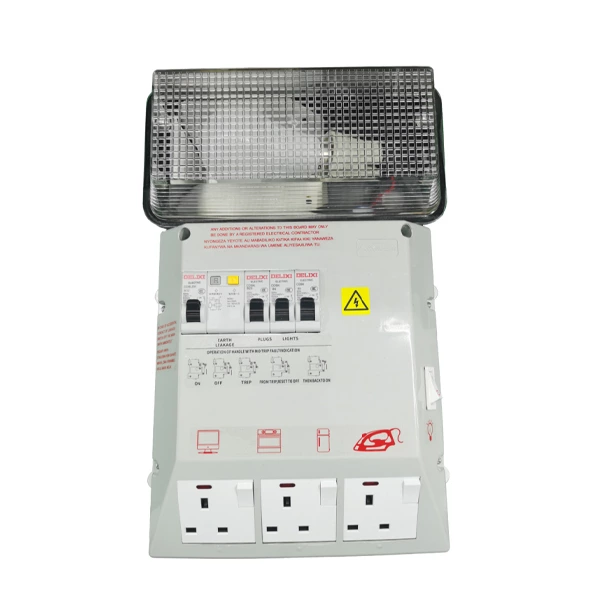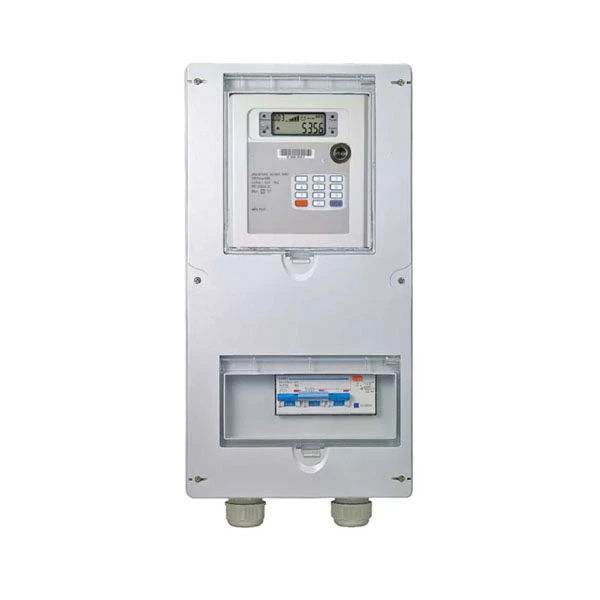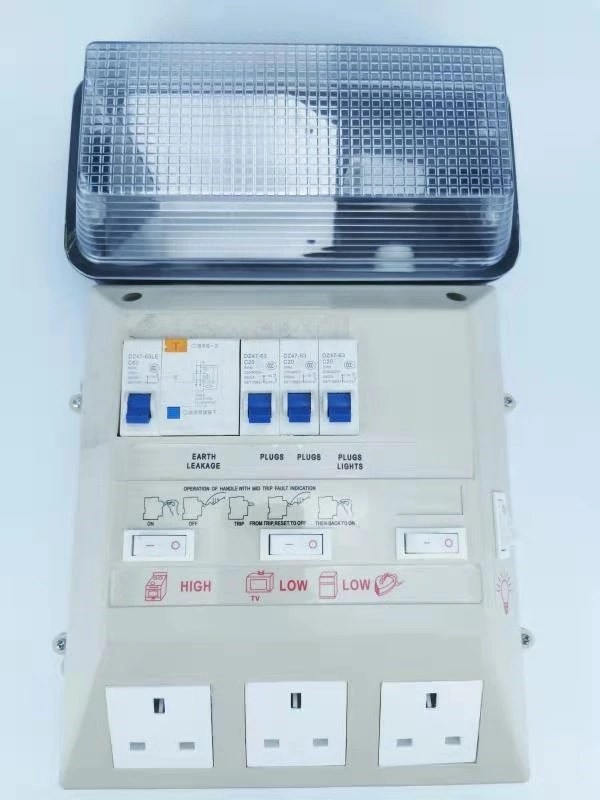Misconception of lightning protection for rural lighting electrical ready boards: Surge lightning protection=absolute safety?
Misconception of lightning protection for rural lighting electrical ready boards: Surge lightning protection ≠ absolute safety
In rural areas, some residents believe that installing surge protectors (SPDs) can achieve "absolute lightning protection" for electrical ready boards, but this perception has significant loopholes. Although surge protectors are the core components of lightning protection systems, their protective effectiveness is constrained by multiple factors, and blind reliance may lead to serious safety hazards.
1、 Limitations of Surge Protectors
Surge protectors discharge overvoltage to the ground in nanoseconds through components such as varistors or gas discharge tubes, but their protective capabilities are not unlimited. Poor quality products may experience lightning protection failure due to component aging, improper selection (such as low maximum continuous operating voltage), or installation errors (such as loose wiring or improper positioning). For example, a household's surge protector, which had not been replaced for many years, failed due to component aging during a thunderstorm, resulting in the electrical appliances being damaged by overvoltage and causing significant losses. In addition, when the surge energy exceeds the tolerance range of the main switch of the line, even if the surge protector works normally, it may still cause tripping or insulation breakdown.
2、 The necessity of systematic protection
Lightning protection requires the construction of a multi-level protection system consisting of lightning arresters, surge protectors, and grounding devices. In rural areas, excessive grounding resistance (such as high soil resistivity and non-standard construction of grounding devices) often leads to ineffective discharge of surge currents, which in turn causes the equipment casing to become electrified, posing a threat to personal safety. For example, in a mountainous substation, due to excessive grounding resistance, the local potential increased after lightning strikes, causing a secondary cable fire in the cable trench and resulting in a catastrophic accident.
3、 Scientific response measures
Selection and installation: Choose surge protectors with fault indicator lights and remote signaling terminals to facilitate timely replacement of aging equipment; And ensure that the down conductor is made of round steel with a diameter of ≥ 8mm and welded firmly.
Grounding optimization: For areas with high soil resistivity, long-term resistance reducing agents or composite grounding bodies are used to reduce resistance; Regularly check the grounding resistance to ensure compliance with standards (such as grounding resistance ≤ 10 Ω for transformers below 100kV · A).
Multi level protection: Surge protectors are installed in stages at the main electrical ready board, electrical ready board, and precision equipment end to form gradient protection, avoiding energy overlap and protection failure.
Surge protectors are an important part of lightning protection, but they are not a one-time solution. Rural power grids require scientific selection, standardized installation, systematic protection, and regular maintenance to build truly reliable lightning protection barriers and ensure electrical safety.



